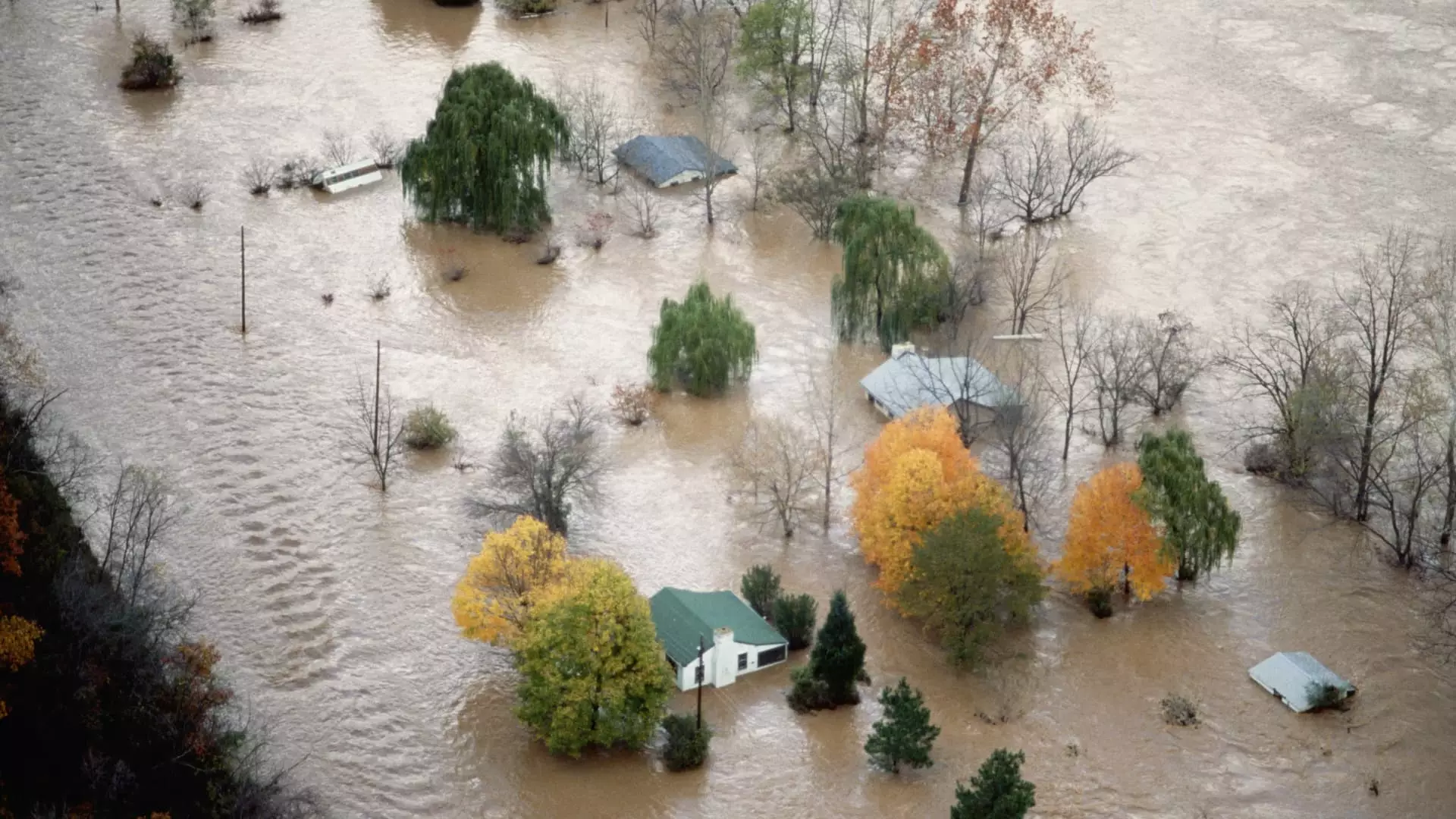Floodplain buyouts have been a common strategy used by the government, particularly FEMA, to assist homeowners who have been affected by floods. The aim is to purchase damaged properties and convert them into public land, ultimately removing residents from harm’s way. This approach, while beneficial for the homeowners, has sparked controversy due to various concerns surrounding the process.
Andrea Jones, a homeowner in Charlotte, North Carolina, found herself in a situation where her home was constantly threatened by flooding. Despite her home never experiencing flooding, the surrounding area was prone to severe floods, leaving her in a constant state of worry. Ultimately, Jones decided to sell her home as part of a floodplain buyout, using the proceeds to purchase a new, more expensive property outside the floodplain. While she expressed missing her old neighborhood and friends, Jones highlighted the peace of mind she now has living in a safer area.
Floodplain buyouts offer homeowners the opportunity to escape potential harm and create open spaces that can help protect other homes from flooding. However, the process can be lengthy, taking anywhere from two to five years on average. Additionally, there are concerns about the financial burden of owning deeded land from the buyouts, as well as the potential negative impacts on the community, such as blight and difficulty with municipal services.
Experts have pointed out that floodplain buyouts can be a mixed bag, with varying levels of success depending on the circumstances. Issues such as legal liabilities, resource strains on local governments, and delays in the process have been raised as potential challenges. Moreover, without full community participation, floodplain buyouts may lead to unintended consequences like community fragmentation and inability to restore the floodplain for proper water absorption.
Government entities like FEMA, the U.S. Department of Housing and Urban Development, and state and local communities play a significant role in funding floodplain buyouts. While FEMA provides 75% of the funding, additional sources like the 2021 Bipartisan Infrastructure Law can cover up to 90% of the costs. Despite the financial support, the lengthy process of buyouts remains a concern, especially in the face of a nationwide housing shortage.
As the U.S. grapples with both a housing shortage and the impacts of climate change, the question remains of how to best support populations while ensuring their safety. Investments in floodplain buyouts can offer a solution for homeowners facing flooding risks, but careful consideration of the process and its implications is essential. By weighing the benefits and drawbacks, policymakers can work towards a more sustainable approach to mitigating flood risks and protecting communities.

Leave a Reply